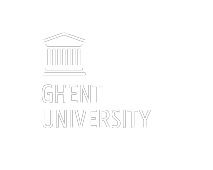Speaker
Description
While the general properties of the very low surface brightness galaxies with large effective radii (recently been dubbed "Ultra Diffuse Galaxies" or "UDGs") were once thought to be a challenge for the existing models of galaxy formation, the triumph of recent models in reproducing these properties erases most of the raised concerns in our understating of galaxy formation and evolution in the low-mass regime. However, the role and contribution of each model and process (i.e. stellar feedback and tidal interactions) in shaping the observed population of UDGs are not clear yet. In this regard, the globular clusters (GCs) of UDGs provide an avenue for discriminating among UDG formation/evolution models proposed in the literature. In this talk, I present an analysis of Hubble Space Telescope observations of GCs in UDGs in the Coma cluster, a sample that represents UDGs with large effective radii. I eliminate two significant sources of systematic uncertainty in studying GCs by using sufficiently deep observations that (i) reach the turnover of the GC luminosity function and (ii) provide a sufficient number of GCs with which to measure the GC number radial distribution. Using this data, I investigate the GC properties such as their luminosity function and spatial distribution around host galaxies, in a regime that these properties are highly uncertain. At the end of the talk and after presenting my main findings, I discuss why the observed GC properties, specifically the GC number and GC distribution around these six UDGs, pose challenges for several of the currently favoured UDG formation models.

